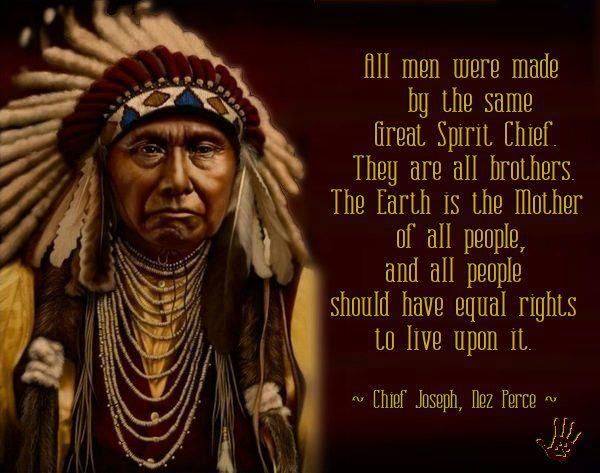Blog
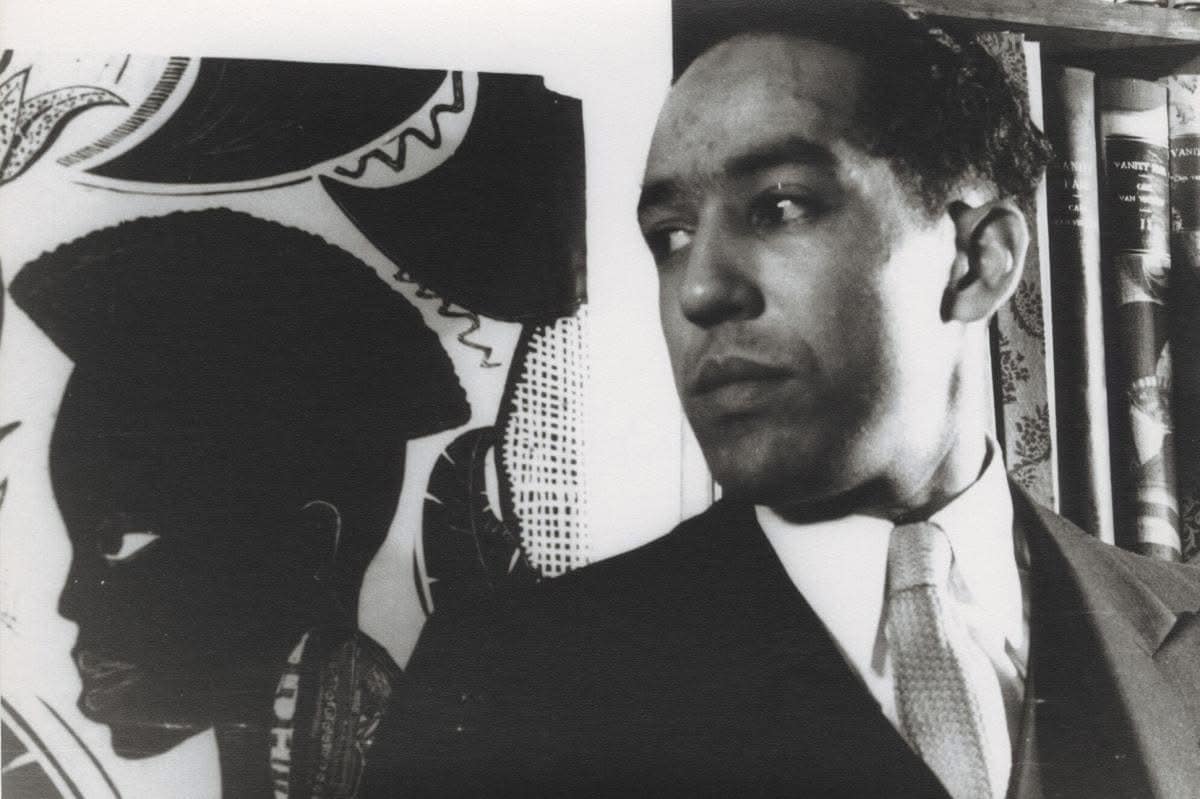

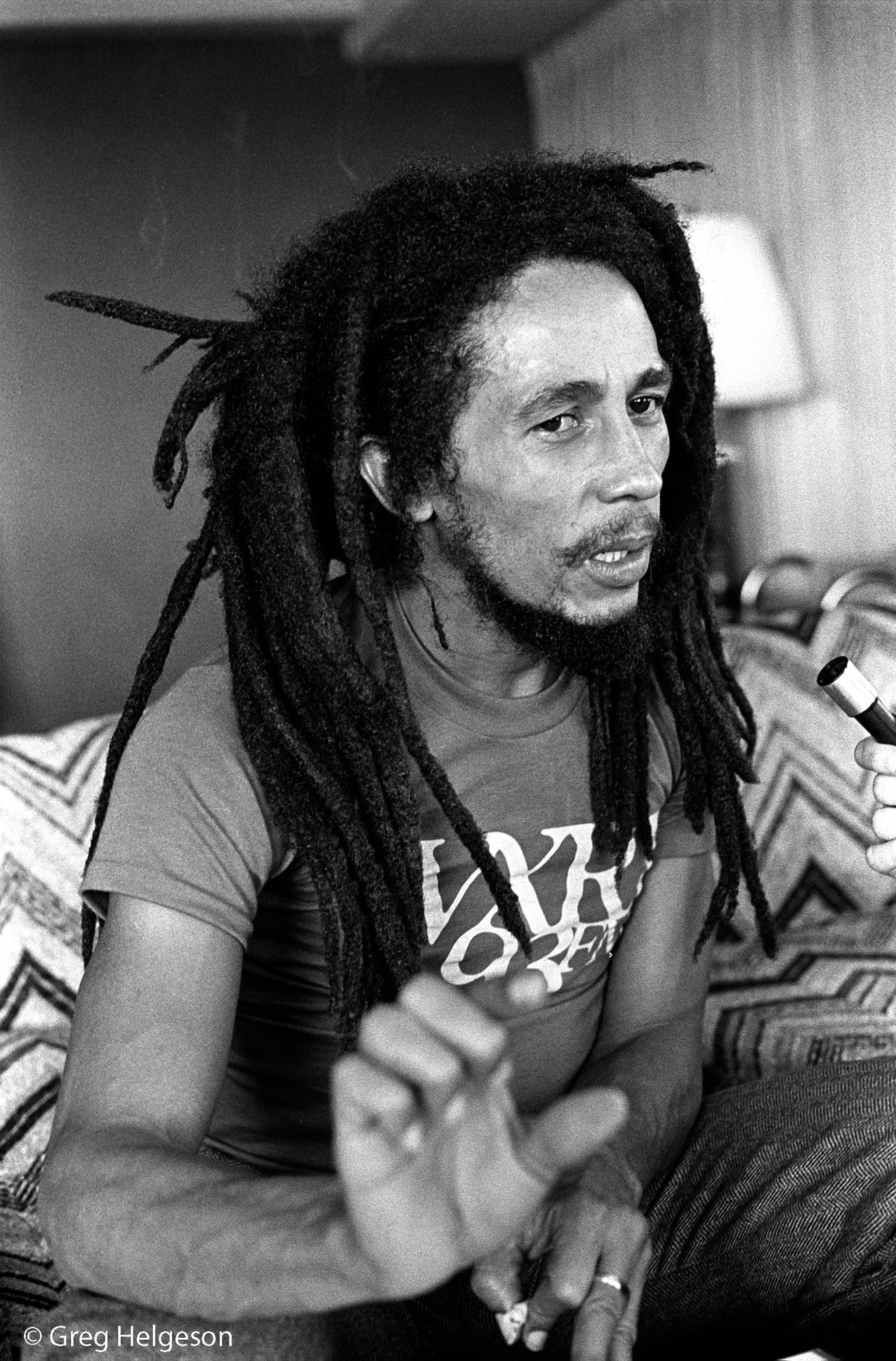
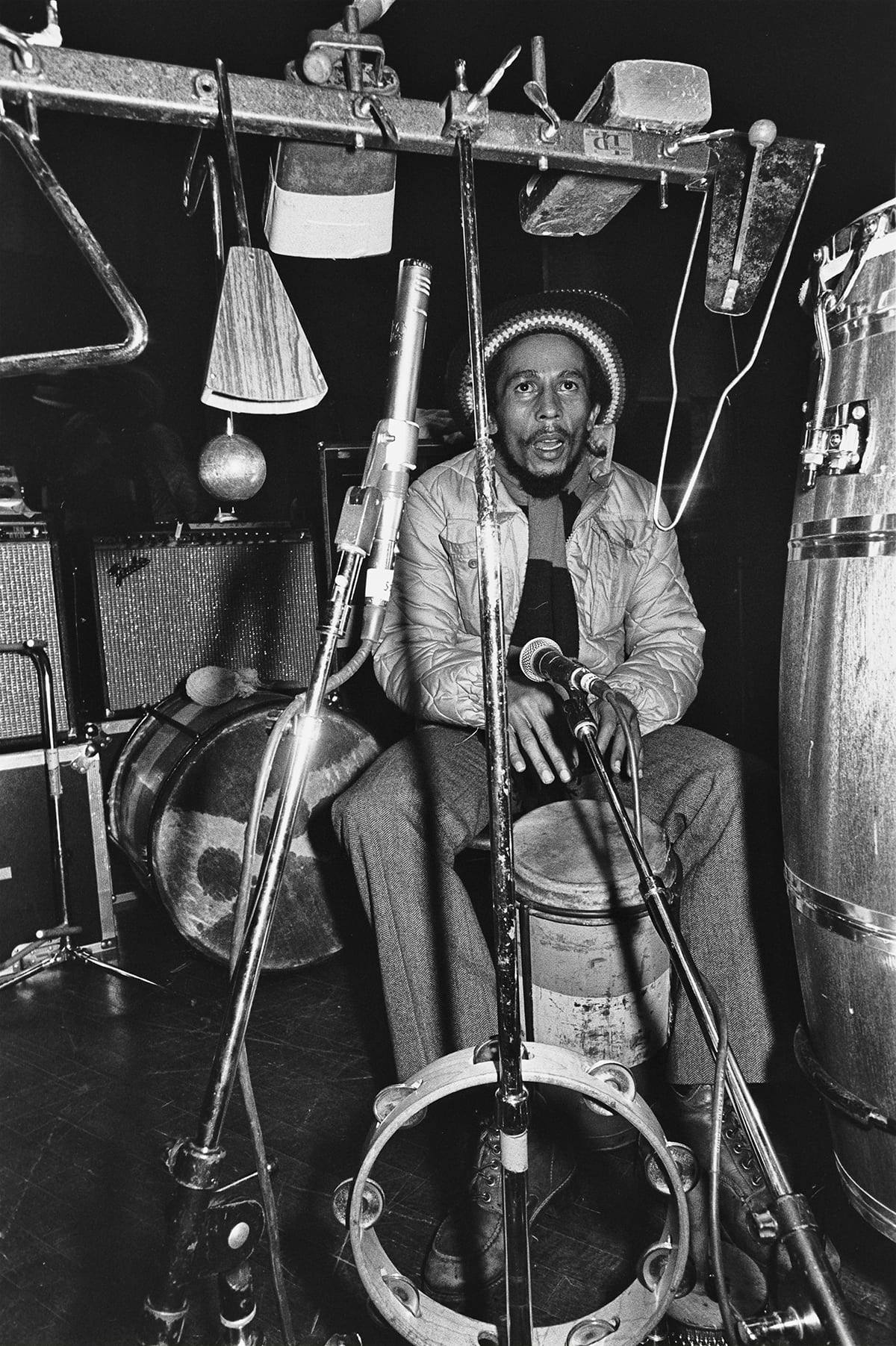
Little Shop of Horrors by Theatre 55 at the Gremlin Theater in St Paul. Running February 7th thru 22nd. Music by Shirley Mier, Lyra Olson, Jamie Carter, mick Bambula. With vocalists Patty Lacy and Van Nixon.
more...Space Telescope image strongly suggests its nickname “The Bullseye Galaxy”. Known as a collisional ring galaxy it has nine rings confirmed by telescopic observations, rippling from its center like waves from a pebble dropped into a pond. Of course, the pebble dropped into the Bullseye galaxy was a galaxy itself. Telescopic observations identify the blue dwarf galaxy at center-left as the likely collider, passing through the giant galaxy’s center and forming concentric rings in the wake of their gravitational interaction. The Bullseye Galaxy lies some 567 million light-years away toward the constellation Pisces. At that distance, this stunning Hubble image would span about 530,000 light-years.

more...
Earl Silas Johnson IV (February 7, 1934 – April 17, 2003 NOLA), known as Earl King, was an American singer, guitarist, and songwriter, most active in blues music. A composer of blues standards such as “Come On” (covered by Jimi Hendrix, Freddie King, Stevie Ray Vaughan) and “Big Chief” (recorded by Professor Longhair), he was an important figure in New Orleans R&B.
more...Curtis Ousley (born Curtis Montgomery; February 7, 1934 – August 13, 1971 Fort Worth, TX),known professionally as King Curtis, was an American saxophonist who played rhythm and blues, jazz, and rock and roll. A bandleader, band member, and session musician, he was also a musical director and record producer. A master of the instrument, he played tenor, alto, and soprano saxophone. He played riffs and solos on hit singles such as “Respect” by Aretha Franklin (1967), and “Yakety Yak” by The Coasters (1958) and his own “Soul Twist” (1962), “Soul Serenade” (1964), and “Memphis Soul Stew” (1967).
more...James Hubert “Eubie” Blake (February 7, 1887 – February 12, 1983) was an American pianist and composer of ragtime, jazz, and popular music. In 1921, he and his long-time collaborator Noble Sissle wrote Shuffle Along, one of the first Broadway musicals written and directed by African Americans. Blake’s compositions included such hits as “Bandana Days”, “Charleston Rag”, “Love Will Find a Way”, “Memories of You” and “I’m Just Wild About Harry“. The 1978 Broadway musical Eubie! showcased his works, and in 1981, President Ronald Reagan awarded Blake the Presidential Medal of Freedom.
more...The petenera is a genre that existed before it was adapted to flamenco. According to some experts, they have a certain relationship with the zarabandas and it is believed that its name comes from the singer known as “La Petenera”. “La Petenera”, born in Paterna de la Rivera, who lived in the 18th century.
However, there is no theory accepted by all flamenco researchers as to its origin. There are those who think that it originated in the American continent, where there is also another genus known by this name in the area of Veracruz (Mexico), while others claim that it is a genus born in Spain. a genre born in Spain.
At that time it was thought that the peteneras were of Sephardic origin due to the various references to this culture in several of the lyrics. However, the most solid theory is the one that has its roots in Veracruz, since its melodies and harmony are very similar to those of the current peteneras.
In any case, what is certain is that the petenera is, at present, one of the most popular flamenco palos. It is a very romantic and emotional cante, with a special emphasis on love and revenge. And, although its origin is not entirely clear, the truth is that it has often been related to bad luck.
more...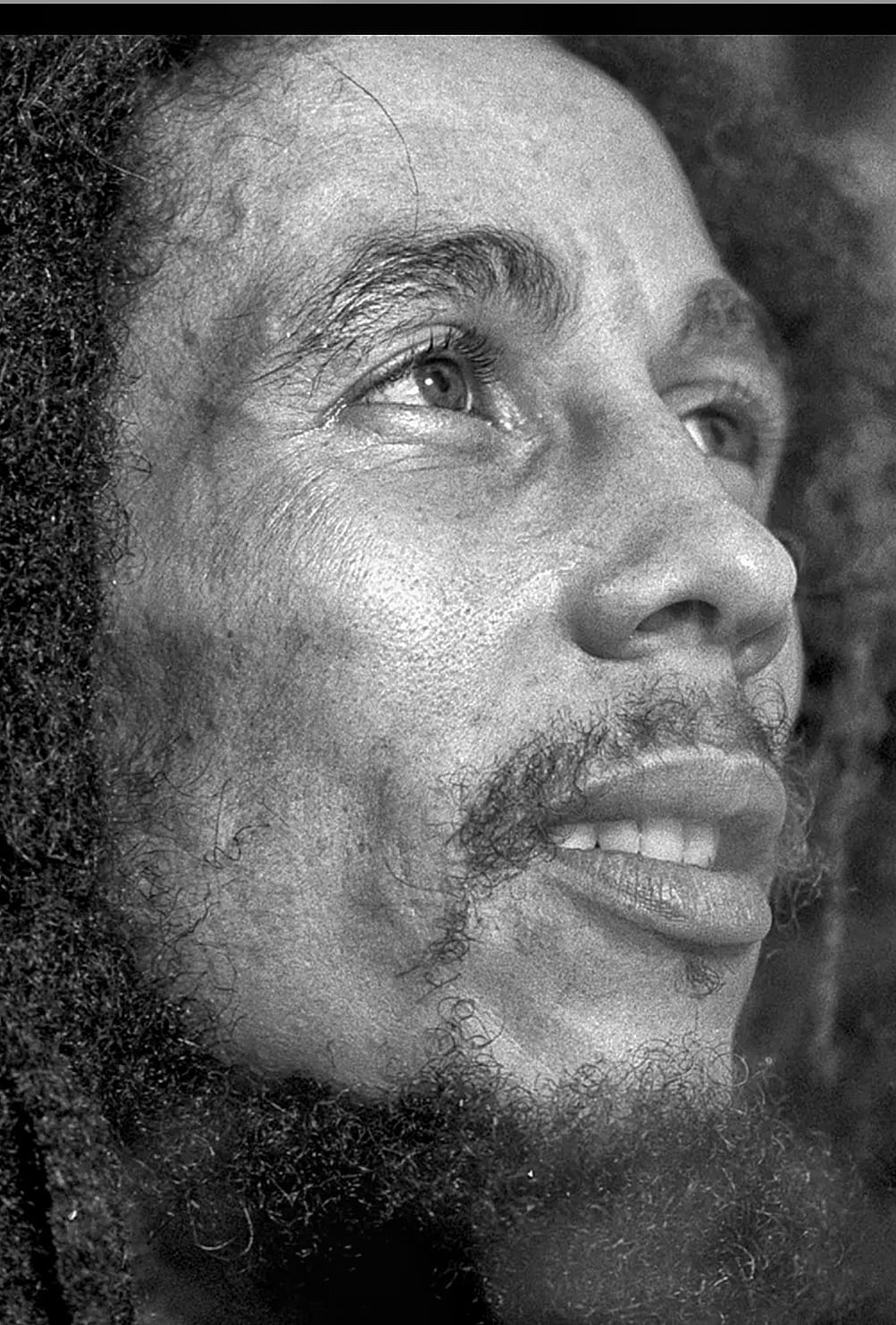
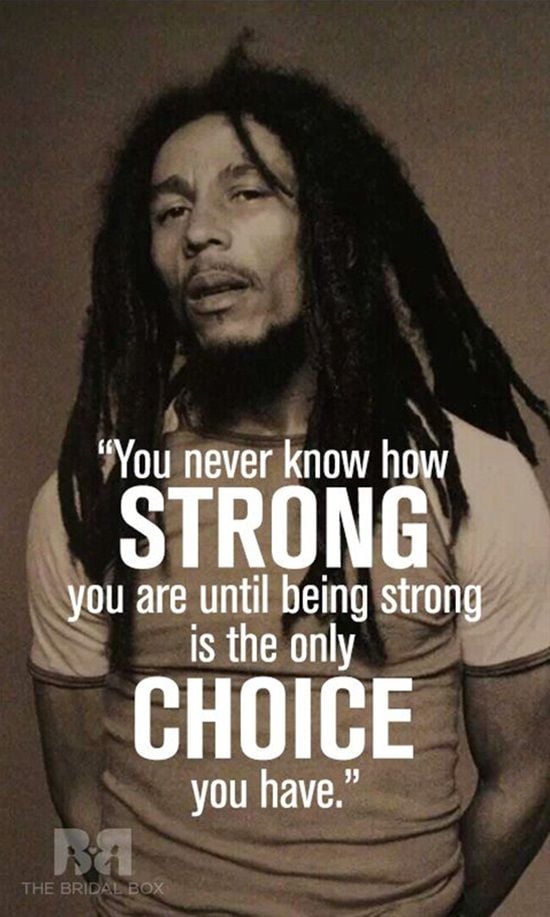
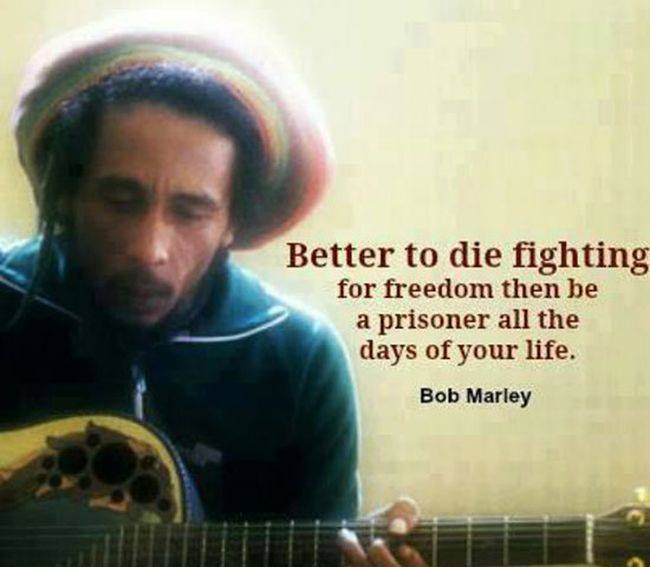
Grand spiral galaxies often seem to get all the glory, flaunting their young, bright, blue star clusters in beautiful, symmetric spiral arms. But small, irregular galaxies form stars too. In fact dwarf galaxy IC 2574 shows clear evidence of intense star forming activity in its telltale reddish regions of glowing hydrogen gas. Just as in spiral galaxies, the turbulent star-forming regions in IC 2574 are churned by stellar winds and supernova explosions spewing material into the galaxy’s interstellar medium and triggering further star formation. A mere 12 million light-years distant, IC 2574 is part of the M81 group of galaxies, seen toward the northern constellation Ursa Major. Also known as Coddington’s Nebula, the lovely island universe is about 50,000 light-years across, discovered by American astronomer Edwin Coddington in 1898.
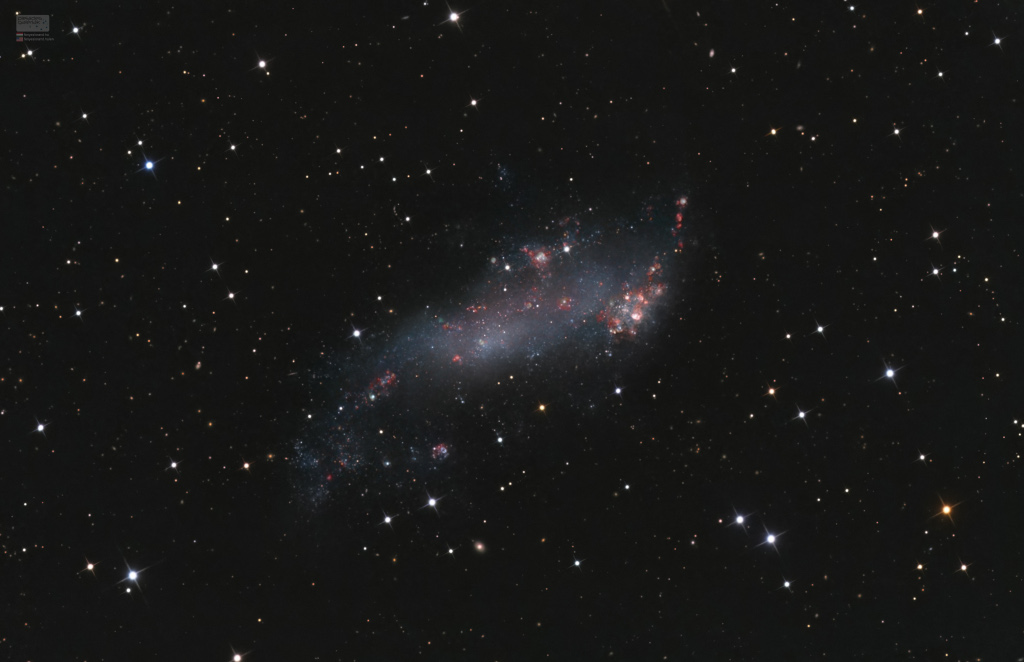
more...
Robert Nesta Marley OM (6 February 1945 – 11 May 1981) was a Jamaican singer, songwriter, and guitarist. Considered one of the pioneers of reggae, he fused elements of reggae, ska and rocksteady and was renowned for his distinctive vocal and songwriting style. Marley increased the visibility of Jamaican music worldwide and became a global figure in popular culture. He became known as a Rastafarian icon, and he infused his music with a sense of spirituality. Marley is also considered a global symbol of Jamaican music and culture and identity and was controversial in his outspoken support for democratic social reforms. Marley also supported the legalisation of cannabis and advocated for Pan-Africanism.
Born in Nine Mile, Jamaica, Marley began his career in 1963, after forming the group Teenagers with Peter Tosh and Bunny Wailer, which became the Wailers. In 1965, they released their debut studio album, The Wailing Wailers, which included the single “One Love“, a reworking of “People Get Ready“. It was popular worldwide and established the group as a rising figure in reggae. The Wailers released 11 more studio albums, and after signing to Island Records, changed their name to Bob Marley and the Wailers. While initially employing louder instrumentation and singing, they began engaging in rhythmic-based song construction in the late 1960s and early 1970s, which coincided with Marley’s conversion to Rastafari. Around this time, Marley relocated to London, and the group embodied their musical shift with the release of the album The Best of The Wailers (1971).
Bob Marley and the Wailers began to gain international attention after signing to Island and touring in support of the albums Catch a Fire and Burnin’ (both 1973). Following their disbandment a year later, Marley carried on under the band’s name. The album Natty Dread (1974) received positive reviews. In 1975, following the global popularity of Eric Clapton‘s version of Marley’s “I Shot the Sheriff“, Marley had his international breakthrough with his first hit outside Jamaica, a live version of “No Woman, No Cry“, from the Live! album. This was followed by his breakthrough album in the United States, Rastaman Vibration (1976), which reached the Top 50 of the Billboard Soul Charts. A few months later, Marley survived an assassination attempt at his home in Jamaica, which was believed to be politically motivated. He permanently relocated to London, where he recorded the album Exodus, which incorporated elements of blues, soul, and British rock and had commercial and critical success. In 1977, Marley was diagnosed with acral lentiginous melanoma; he died in May 1981, shortly after baptism into the Ethiopian Orthodox Church. Fans around the world expressed their grief, and he received a state funeral in Jamaica.
The greatest hits album Legend was released in 1984 and became the best-selling reggae album of all time. Marley also ranks as one of the best-selling music artists of all time, with estimated sales of more than 75 million records worldwide. He was posthumously honoured by Jamaica soon after his death with a designated Order of Merit by his nation. In 1994, Marley was posthumously inducted into the Rock and Roll Hall of Fame. Rolling Stone ranked him No. 11 on its list of the 100 Greatest Artists of All Time. and No. 98 on its list of the 200 Greatest Singers of All Time. His other achievements include a Grammy Lifetime Achievement Award, a star on the Hollywood Walk of Fame, and induction into the Black Music & Entertainment Walk of Fame.
more...Natalie Maria Cole (February 6, 1950 – December 31, 2015 LA,CA) was an American singer, songwriter, and actress. She was the daughter of singer and jazz pianist Nat King Cole. She rose to prominence in the mid-1970s, with the release of her debut album Inseparable (1975), along with the song “This Will Be (An Everlasting Love)“, and the album’s title track. Its success led to her receiving the Grammy Award for Best New Artist at the 18th Annual Grammy Awards, for which she became the first African-American recipient as well as the first R&B act to win the award. The singles “Sophisticated Lady” (1976), “I’ve Got Love on My Mind“, and “Our Love” (1977) followed.
After releasing several albums, she departed from her R&B sound and returned as a pop singer on the 1987 album Everlasting, along with her cover of Bruce Springsteen‘s “Pink Cadillac“. In the 1990s, she sang traditional pop by her father, resulting in her biggest success, Unforgettable… with Love, which was certified 7× platinum by the Recording Industry Association of America (RIAA). Unforgettable… with Love won the Grammy Award for Album of the Year, for which Cole became the first African-American woman to win the award.
Throughout her lifetime, Cole received nine Grammy Awards, was nominated for a Primetime Emmy Award, and sold over 30 million records worldwide. She was awarded the Howie Richmond Hitmaker Award from the Songwriters Hall of Fame in 1999, and has been posthumously inducted into the National Rhythm & Blues Hall of Fame (2021), and received a star on the Hollywood Walk of Fame.
more...John Pisano (February 6, 1931 – May 2, 2024) was an American jazz guitarist. John Pisano was born in Staten Island, New York, on February 6, 1931. Pisano worked with Herb Alpert, Billy Bean, Chico Hamilton, Peggy Lee, and Joe Pass. He died in Los Angeles on May 2, 2024, at the age of 93.
more...Some stars explode in slow motion. Rare, massive Wolf-Rayet stars are so tumultuous and hot that they are slowly disintegrating right before our telescopes. Glowing gas globs each typically over 30 times more massive than the Earth are being expelled by violent stellar winds. Wolf-Rayet star WR 124, visible near the featured image center, is thus creating the surrounding nebula known as M1-67, which spans six light years across. Details of why this star has been slowly blowing itself apart over the past 20,000 years remains a topic of research. WR 124 lies 15,000 light-years away towards the constellation of the Arrow (Sagitta). The fate of any given Wolf-Rayet star likely depends on how massive it is, but many are thought to end their lives with spectacular explosions such as supernovas or gamma-ray bursts
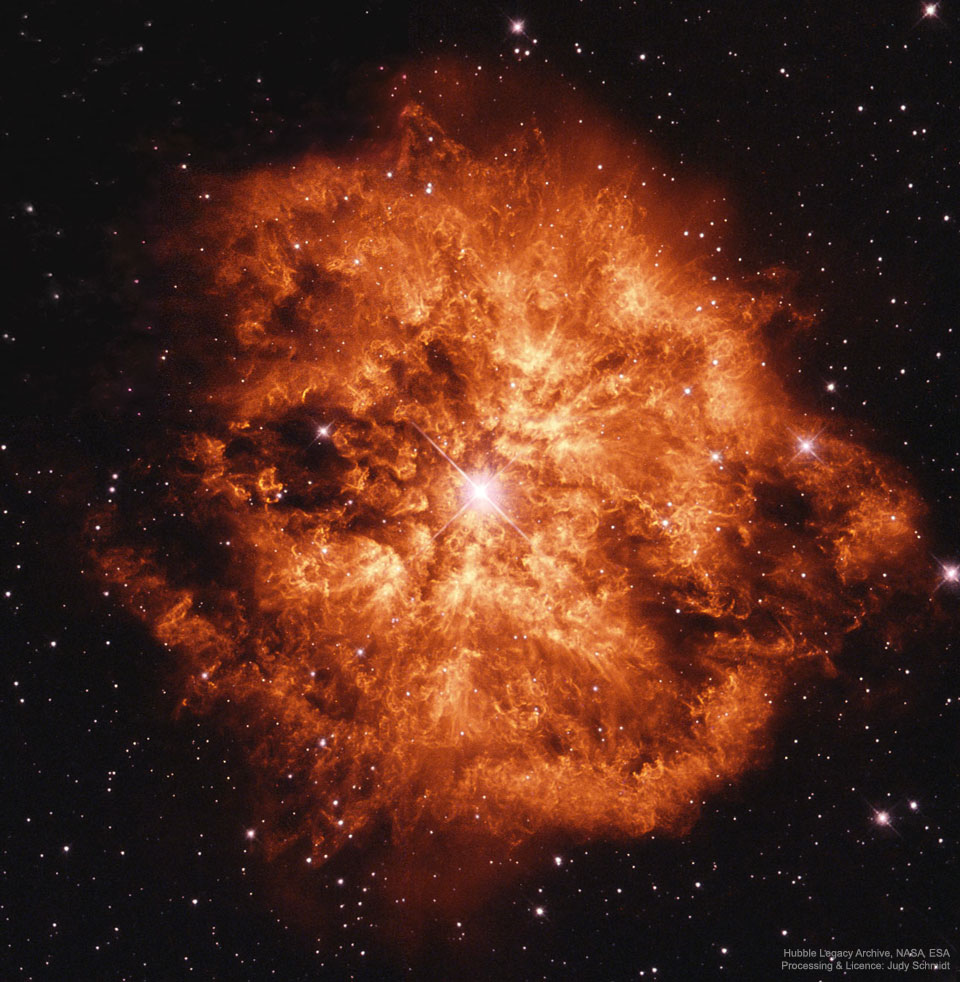
Barrett Strong Jr. (February 5, 1941 – January 28, 2023 West Point, MS) was an American singer and songwriter known for his recording of “Money (That’s What I Want)“, which was the first hit single for the Motown record label. He is also known for his songwriting work in association with producer Norman Whitfield; together, they penned such songs as “I Heard It Through the Grapevine“, “War“, “Just My Imagination (Running Away with Me)“, and “Papa Was a Rollin’ Stone“.
In 2004, Strong was inducted into the Songwriters Hall of Fame alongside Whitfield.
more...More Posts
- Rhythm Roots Workshop 8-10-22
- Cosmos IC 1590
- Ian Anderson
- Chuck Israels
- Trudy Pitts
- Arnett Cobb
- Vishnu Narayan Bhatkhande
- World Drumming Olatunji
- Daily Roots Jimmy Lewis
- Go Vote Primary August 9th 2022
- Cosmos M8
- Sammy Lewis
- Jack DeJohnette
- Butch Warren
- Johann Michael Bach
- STOP PUTIN ONUKA · DakhaBrakha · Yevgen Filatov
- Daily Roots Lee Scratch Perry
- Cosmos HH 505
- John Renbourn
- Jimmy Witherspoon
